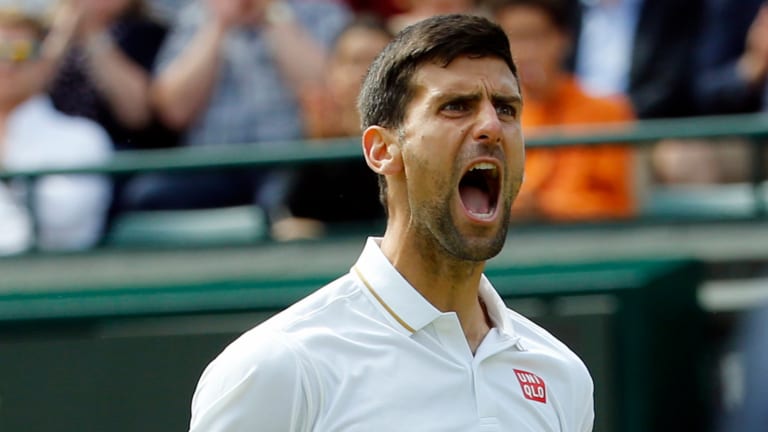Go through the list of American men in the ATP Top 100 and you can find something interesting to say about most of them. John Isner won the longest match in the history of tennis. Jack Sock tore up high school before heading to the pros; Steve Johnson was the Jack Sock of college tennis. Taylor Fritz is an intriguing prospect; Donald Young, a prodigy no more, remains an intriguing watch. (At least, I think so.)
For a time, Sam Querrey was the most interesting name on this list. The hard-hitting Californian won his first title as a 20-year-old in Las Vegas; two years later, he won four tournaments across three different surfaces, one being the premier Wimbledon tune-up at Queen’s Club. A giant serve and forehand will zoom on clay, hard and grass courts, and the laid-back young talent was making the most of them. He even earned some hardware in doubles with Isner, whose tag team was affectionately called “Quisner.” After the 2011 Australian Open, in which Querrey took a first-round loss, he reached a career-high ranking of No. 17.
To anyone who’s followed Querrey, and even those that haven’t, that seems like an eternity ago. Now 28, Querrey became the definition of a ceiling player—there was a point in the draw he would inevitably fail to surpass. He was the quintessential subject for an opening-week piece typically written by U.S. reporters at the majors about the early “American surge.” Those pieces are written because the subjects almost certainly won’t playing for much longer.
And, of course, Querrey was on Bravo TV’s “Millionaire Matchmaker,” a show in which the bubbly host plays Cupid for the one-percenter who can’t seem to find “the one.” To spare you the wrath of auto-play ads, you can watch two clips from the show here and here.
Just before the show was to air, the lovesick pro created a hype video:
